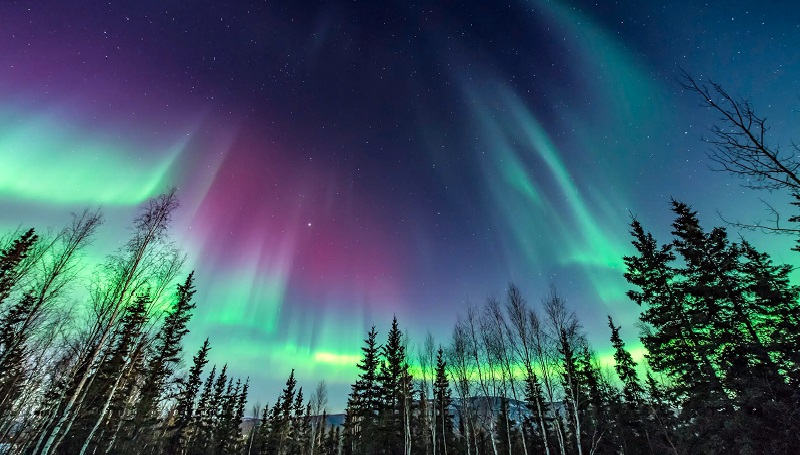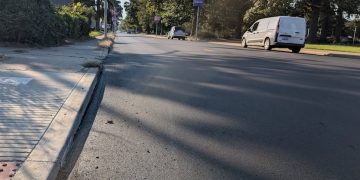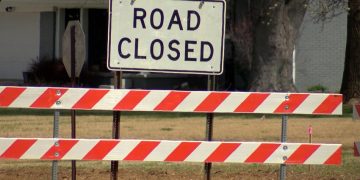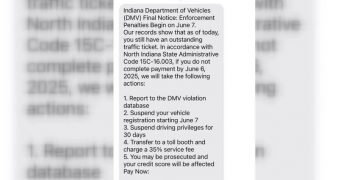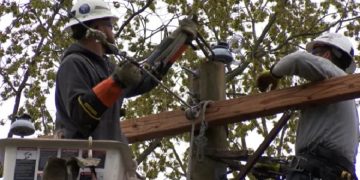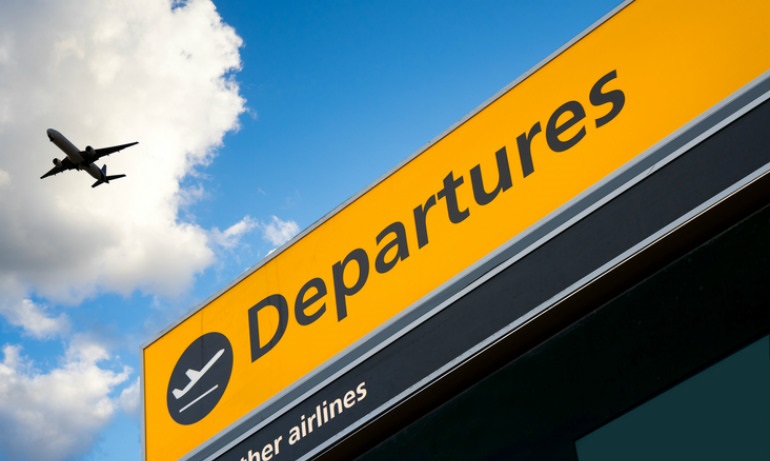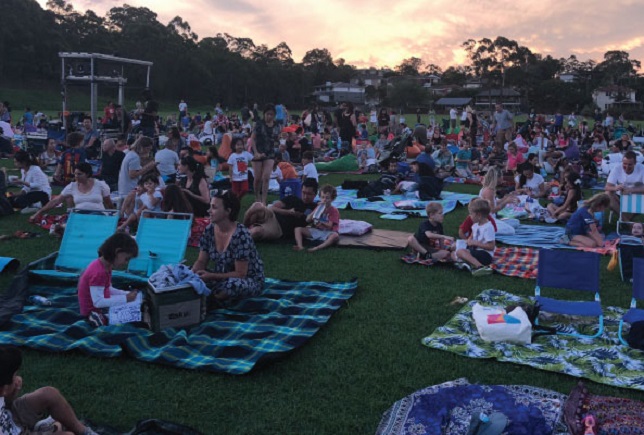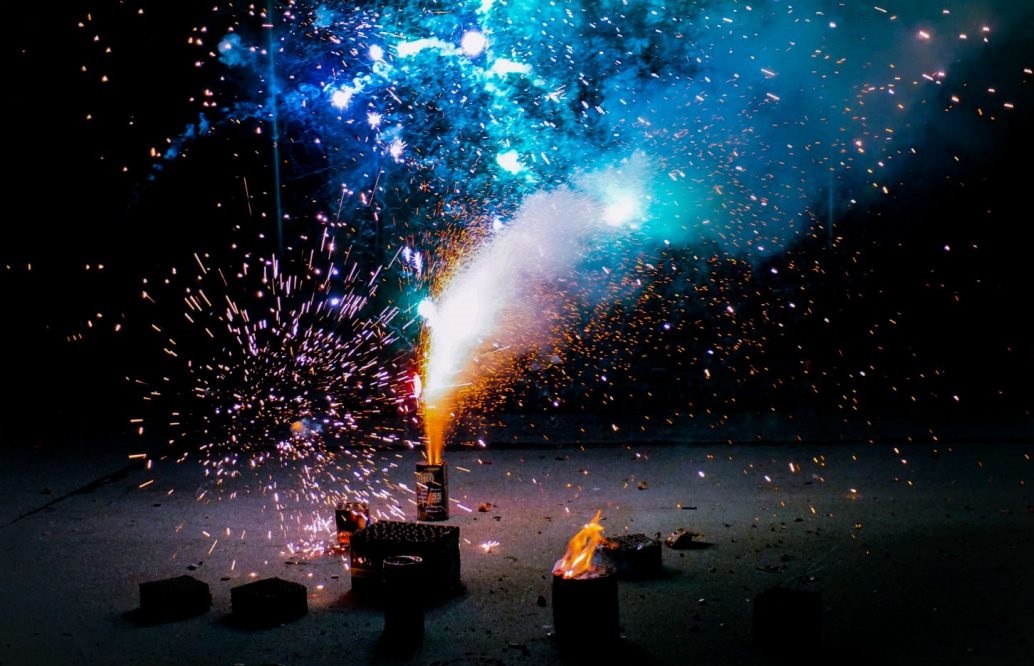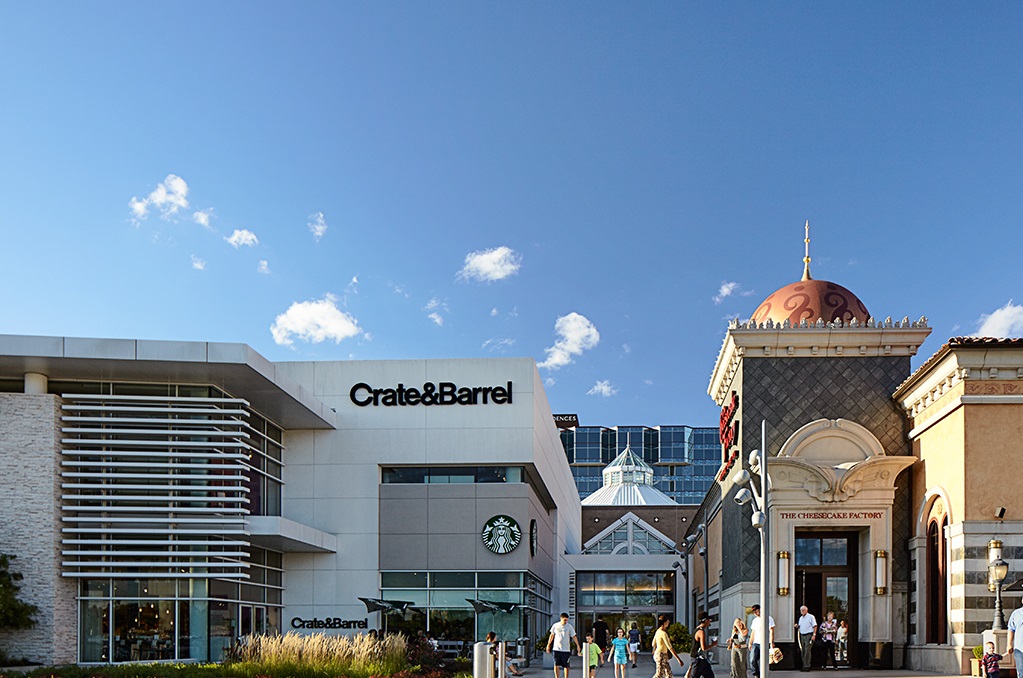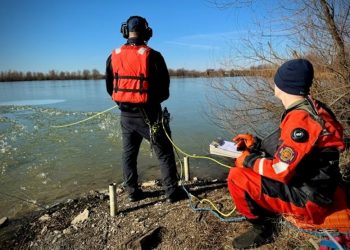Bloomington, Indiana – A coronal mass ejection from the sun may cause the aurora borealis, also known as the “northern lights,” to be visible in Bloomington beginning at 10 p.m. on Sunday and continuing into Monday morning, according to the National Oceanic and Atmospheric Association.
Bloomington will have a 35% chance of witnessing the lights, according to Chris Stubenrauch, a space weather research specialist at NASA’s Goddard Space Flight Center. Cloud cover and light pollution, according to him, will present the most viewing challenges.
The southernmost extent of the northern lights, according to Stubenrauch’s hobby Twitter account Space Weather Watch, is expected to cover the whole United States, from southern Indiana to New Jersey.
The likelihood of witnessing the aurora, according to him, will rise if one heads north, away from Bloomington’s city lights, and farther from the aurora’s anticipated southern limit. But he added that little can be done to reduce cloud cover.
To be visible in Bloomington, the coronal mass ejection (CME) from the sun must maintain its current intensity throughout the night, according to Stubenrauch.
The NOAA classified tonight’s CME as “severe,” which is its second-highest classification, in a notice that was released at 3:45 p.m. on Sunday. According to the warning, there’s a probability that the lights will be visible as far south as northern California and Alabama.
A CME, as defined by the NOAA, is a significant plasma eruption from the sun’s corona, which is the sun’s outermost layer of the atmosphere. A magnetic field that is carried by this plasma has the potential to interfere with some devices including GPS.
The magnetic field of the Earth causes ejected particles to be directed toward the north and south poles when they eventually touch down. The lights typically seen closer to the poles are then produced as billions of particles hit with particles in the Earth’s upper atmosphere.
